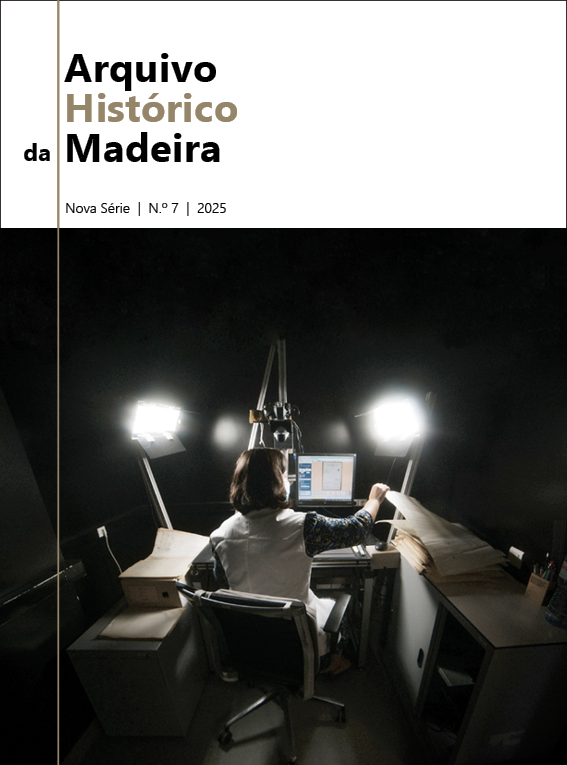The Construction of the Calheta Public Cemetery in the 19th Century. The Altar and Altarpiece of the Chapel – Work from the António Augusto de Aguiar Industrial School Workshops
Abstract
The creation of a carving work, intended for the altar and altarpiece of the Chapel of Nossa Senhora da Piedade of the public cemetery at the parish of Calheta, in the carpentry and joinery workshops of the António Augusto de Aguiar Industrial School, led us to look at the theme of cemeteries.
The existence of these burial spaces, surrounded by walls and located far from villages, was decreed in Portugal on 21 September 1835, during the liberal period, which raised questions concerning burials in churches and public health.
The study led us to the need to verify, on the one hand, how compliance with the aforementioned decree occurred on the island. On the other hand, we tried to find out where the deceased of this municipality had been buried until then.
Considering that the altar and altarpiece of the Calheta Cemetery Chapel were created at the António Augusto de Aguiar Industrial School, and that the author of the painting is its director, we wanted to learn more about that school establishment and its relationship with the municipality, its typology workshops, and the masters responsible for the carving and painting work, all of which were subject of analysis in this study.
Keywords: Calheta; Cemeteries; Chapel; Altar; Altarpiece; Liberalism; António Augusto de Aguiar Industrial School.
Downloads
Published
Issue
Section
License
Copyright (c) 2025 Arquivo Histórico da Madeira, Nova Série

This work is licensed under a Creative Commons Attribution-NonCommercial-NoDerivatives 4.0 International License.



